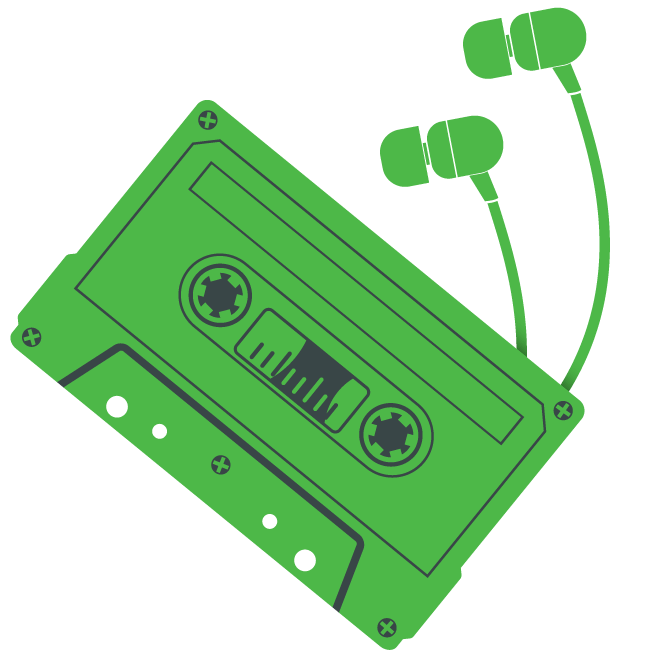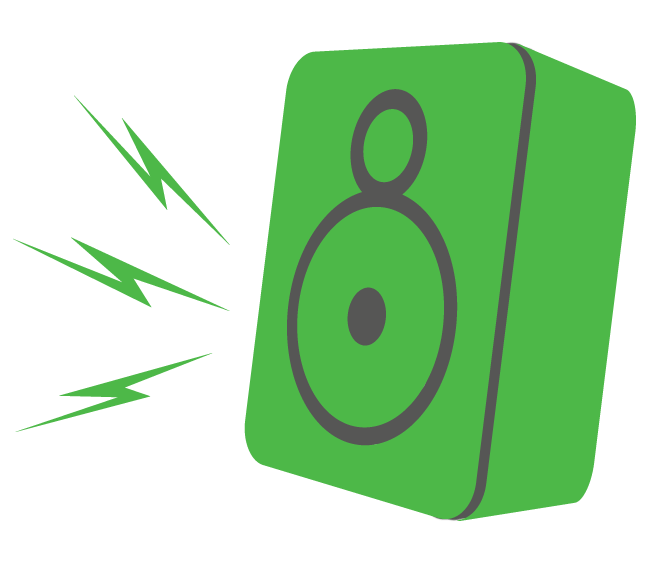With earplugs you can still hear the music properly,
you can communicate more easily with your friends,
you are less tired afterwards and
you also protect your hearing.

Earplugs with a music filter have several advantages:
- The filter ensures that the music is muted proportionally. Meaning you can enjoy the music without it being distorted and, more importantly, you do not cause damage to your hearing.
- They are quite small and cannot be seen from a distance.
- This type of earplug is often made from a material called Thermoshape, which is soft and thus comfortable to wear. Thermoshape moulds itself to the shape of your ear using your body warmth, normally within 15 minutes.
- Earplugs with a music filter usually cost around 15 euros and can be used multiple times.
Back to the 3 tips.

These are the brightly coloured foam plugs for single use. The name says it all; they are primarily used in factories or on building sites to ‘block noise’. The disadvantage is that they are not particularly comfortable, they can be seen when you wear them and they do not mute the sound proportionally which distorts the music, unlike the earplugs with a music filter.
They also completely close off your ear canal so that the sound no longer enters through your ear, but through your skull (through vibrations). You get a headache more quickly and feel like you are in a fishbowl.
Back to the 3 tips.

For optimal comfort, opt for tailor-made earplugs. These otoplastics are completely tailored to your ears. There is also a very good sound filter in this type of earplug that keeps the quality of the music as optimal as possible. They do cost more; between 100 and 200 euros. But they are worth it. You can use otoplastics your entire life, but it is sensible to have them checked every 2-3 years by the producer for ‘noise leakage’. This check is normally free of charge. A life-long filter exchange is also often included free of charge.
Back to the 3 tips.

Do you take your child to festivals, for example? Buy a set of earmuffs to further mute the noise. These completely close around the ear and safeguard against noise overload. Children can also use these earmuffs when a little older, they are used a lot in busy classrooms by children who want to focus on their work. Headphones that completely cover the ears are not the same: they allow too much noise through.
Back to the 3 tips.

